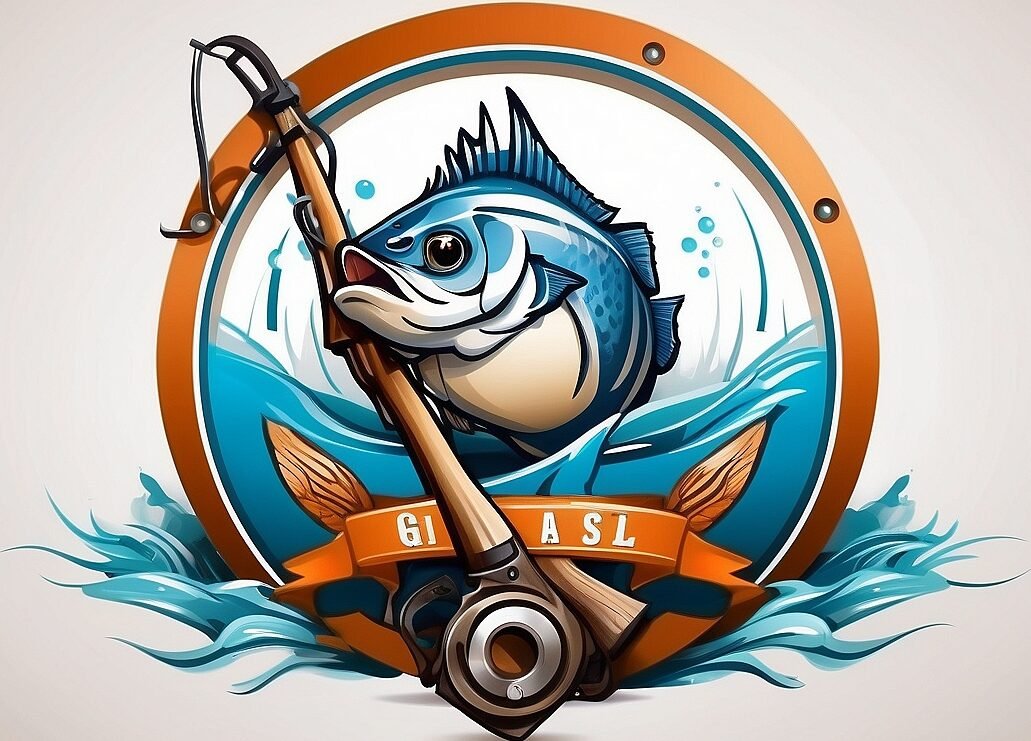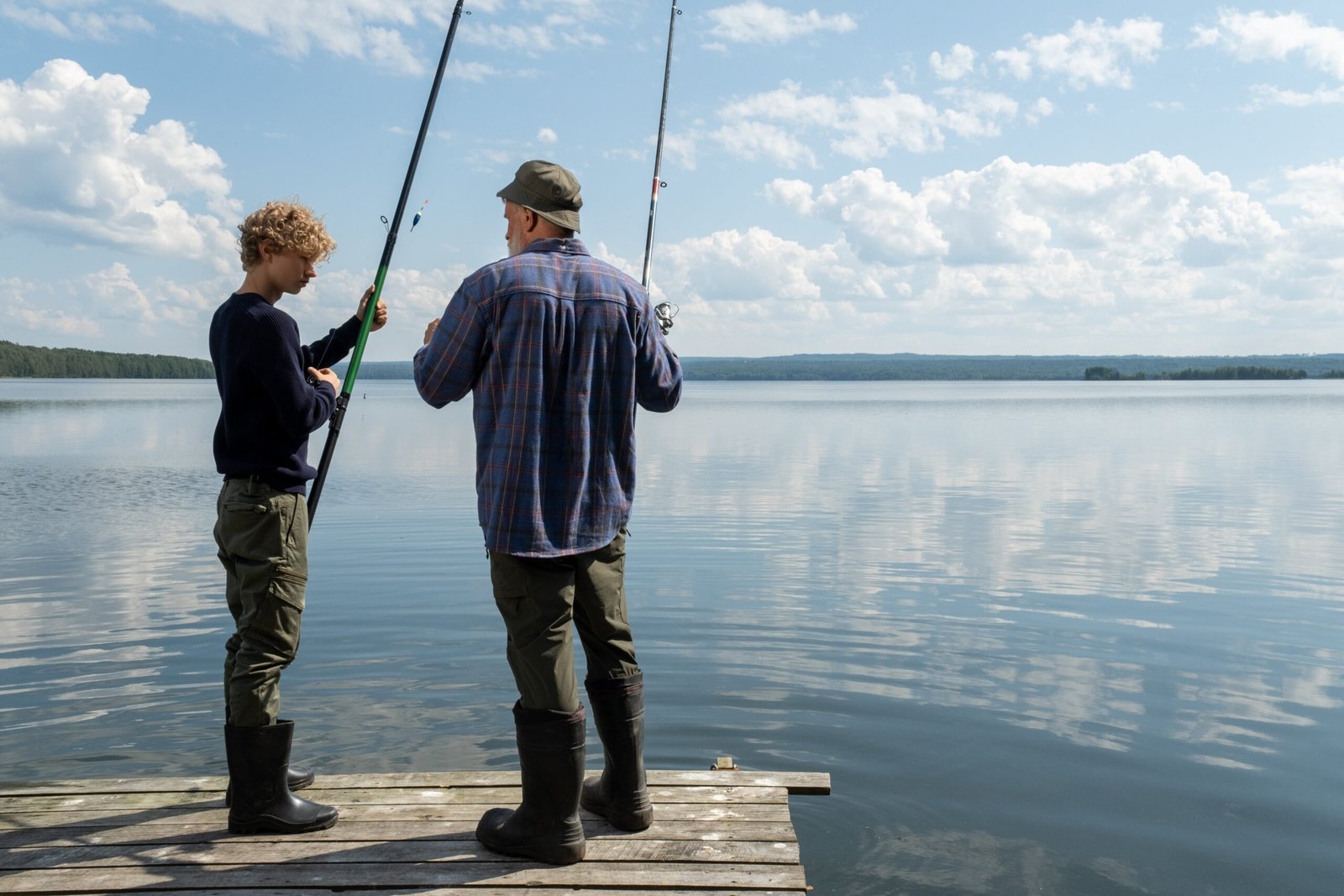Introduction
Iceland, a land of breathtaking natural beauty and pristine wilderness, is a fly fishing paradise that attracts anglers from around the globe. With its crystal-clear rivers, abundant fish populations, and stunning scenery, Iceland offers an unforgettable fly fishing experience for anglers of all skill levels.
In this comprehensive guide, we will delve into the world of fly fishing in Iceland, exploring the top destinations, target species, optimal fishing seasons, essential gear, effective techniques, fishing regulations, and responsible angling practices. Whether you’re a seasoned pro or a novice angler, this guide will provide valuable insights and tips to help you plan and execute a successful fly fishing trip to Iceland.
As you embark on this angling adventure, be prepared to cast your line amidst breathtaking landscapes, surrounded by towering mountains, cascading waterfalls, and vibrant flora. Iceland’s pristine waters are teeming with a variety of fish species, including Atlantic salmon, brown trout, Arctic char, and sea trout. With careful planning and a touch of patience, you can experience the thrill of landing these magnificent fish while immersing yourself in the unspoiled beauty of Iceland’s natural wonders.
Top Fly Fishing Destinations in Iceland
Iceland boasts a wealth of exceptional fly fishing destinations, each offering unique experiences and challenges. Here are some of the most renowned rivers and lakes that attract anglers from around the world:
River Laxá í Aðaldal (Laxá in Aðaldal)
Known as one of the world’s premier salmon fishing rivers, Laxá í Aðaldal is renowned for its abundant Atlantic salmon population and picturesque setting. The river meanders through a beautiful valley, surrounded by lush vegetation and dramatic rock formations.
River Sog
Flowing through the Snæfellsnes Peninsula, the River Sog is an excellent choice for anglers seeking both salmon and brown trout. The river offers a variety of pools and runs, providing ample opportunities for both wading and drift fishing.
River Hvítá (White River)
Located in southern Iceland, the River Hvítá is a popular destination for fly fishing enthusiasts. The river is known for its large brown trout population and offers a mix of fast-flowing and slower sections.
Lake Þingvallavatn (Thingvallavatn)
The largest lake in Iceland, Þingvallavatn is a unique fly fishing destination. The crystal-clear waters are home to a variety of fish species, including brown trout, Arctic char, and lake trout.
River Jökulsá á Fjöllum (Glacier River)
Originating from the Vatnajökull Glacier, River Jökulsá á Fjöllum is a remote and challenging river that offers excellent salmon and brown trout fishing. The river flows through a stunning glacial valley, providing breathtaking scenery.
River Tungufljót
Located in eastern Iceland, the River Tungufljót is known for its large brown trout population. The river offers a mix of pools, runs, and riffles, making it suitable for various fly fishing techniques.
When planning your fly fishing trip to Iceland, consider the target species you wish to pursue, the time of year, and the level of difficulty you desire. With its diverse range of rivers and lakes, Iceland offers something for every angler, from novice to experienced.
Species Targeted in Iceland
Iceland’s pristine waters are home to a variety of fish species that attract fly fishing enthusiasts from around the globe. Here are the most commonly targeted species in Iceland:
Atlantic Salmon
The Atlantic salmon is the most sought-after fish species in Iceland. These powerful fish are known for their incredible fighting spirit and acrobatic leaps. Iceland’s salmon rivers offer some of the best salmon fishing opportunities in the world.
Brown Trout
Brown trout are widely distributed throughout Iceland and can be found in both rivers and lakes. They are known for their beautiful coloration and aggressive feeding behavior, making them a popular target for fly fishers.
Arctic Char
Arctic char are a unique and highly prized species found in some of Iceland’s most remote and pristine lakes. They are known for their vibrant colors and delicate flavor.
Sea Trout
Sea trout are a migratory form of brown trout that spend part of their lives in the ocean. They are known for their silvery coloration and strong runs. Sea trout fishing is particularly popular in the coastal regions of Iceland.
Rainbow Trout
Rainbow trout have been introduced to some of Iceland’s lakes and rivers and have become a popular target for fly fishers. They are known for their acrobatic leaps and willingness to strike at a variety of flies.
Grayling
Grayling are a unique species found in some of Iceland’s northern rivers. They are known for their distinctive dorsal fin and their ability to thrive in cold, clear waters.
Understanding the target species and their habitats will help you choose the appropriate flies and techniques for your fly fishing adventure in Iceland.
Best Time to Fly Fish in Iceland
The best time to fly fish in Iceland depends on the target species and the specific region you plan to visit. Here’s a general overview of the optimal fishing seasons for different species:
Atlantic Salmon
The prime season for Atlantic salmon fishing in Iceland runs from June to September. However, the best time to target salmon varies depending on the river and weather conditions.
Brown Trout
Brown trout can be targeted throughout the year in Iceland, but the best fishing is generally from May to October. During the summer months, brown trout are more active and willing to feed.
Arctic Char
Arctic char fishing is best from June to September. These fish are found in remote lakes, and the fishing season is influenced by ice conditions and water temperatures.
Sea Trout
Sea trout fishing is best from May to September. These fish migrate from the ocean into rivers and estuaries during this period.
Rainbow Trout
Rainbow trout can be targeted throughout the year in Iceland, but the best fishing is generally from May to October.
Grayling
Grayling fishing is best from June to September. These fish are found in cold, clear rivers and are known for their delicate feeding behavior.
When planning your fly fishing trip to Iceland, consider the target species you wish to pursue and the optimal fishing season for that species. It’s also important to check local regulations and consult with fishing guides for the most up-to-date information on fishing conditions.
Essential Gear and Equipment
Proper gear and equipment are crucial for a successful fly fishing trip to Iceland. Here’s a checklist of essential items:
Fly Rod
Choose a fly rod that is appropriate for the target species and fishing conditions. A 9-foot, 5-weight rod is a good all-around choice for most rivers and lakes in Iceland.
Fly Reel
Match your fly reel to the weight of your rod. A mid-arbor reel with a smooth drag system is recommended.
Fly Line
Use a floating fly line for most situations in Iceland. Choose a line weight that corresponds to your rod weight.
Leaders and Tippet
Bring a variety of leaders and tippet materials in different strengths and lengths. Fluorocarbon leaders are often preferred in Iceland’s clear waters.
Flies
Pack a selection of flies that imitate the insects and baitfish found in Icelandic waters. Some popular patterns include the Muddler Minnow, Woolly Bugger, and Elk Hair Caddis.
Waders and Boots
Waterproof waders and sturdy wading boots are essential for keeping you dry and comfortable in Iceland’s cold, wet conditions.
Rain Gear
Iceland’s weather can be unpredictable, so pack waterproof rain gear to stay protected from the elements.
Polarized Sunglasses
Polarized sunglasses help reduce glare and improve visibility on the water.
Fishing License
A valid fishing license is required to fish in Iceland. You can purchase a license online or from local fishing shops.
First-Aid Kit
Bring a basic first-aid kit to treat any minor injuries.
Camera
Capture the stunning scenery and your fishing experiences with a camera.
Insect Repellent
Insects can be a nuisance in Iceland, especially during the summer months. Bring insect repellent to keep them at bay.
Tips and Techniques for Success
Mastering a few key techniques and strategies can significantly improve your chances of success when fly fishing in Iceland. Here are some tips to help you make the most of your trip:
Read the Water
Observe the river or lake and identify potential holding areas for fish. Look for eddies, pools, riffles, and areas with structure.
Match the Hatch
Use flies that imitate the insects and baitfish that the fish are feeding on. Pay attention to the size, color, and behavior of the natural food sources.
Present the Fly Naturally
Cast your fly upstream and allow it to drift naturally with the current. Avoid dragging or twitching the fly, as this can spook the fish.
Use Proper Mending Techniques
Mending your line helps keep the fly in the strike zone and prevents drag. Use upstream, downstream, and side mends to control the drift of your fly.
Stay Stealthy
Fish in Iceland are often wary of anglers. Approach the water quietly and avoid making sudden movements. Use natural cover, such as rocks and vegetation, to your advantage.
Set the Hook Quickly
When a fish strikes, set the hook quickly but gently. A sharp hookset will help you secure the fish and prevent it from throwing the hook.
Play the Fish Patiently
Once you have hooked a fish, play it patiently. Use your rod and reel to apply steady pressure and tire the fish. Avoid putting too much pressure on the fish, as this can lead to a broken line or lost fish.
Land the Fish Safely
When the fish is tired, carefully guide it to the bank or shore. Use a landing net to scoop up the fish and avoid handling it directly.
Respect the Fish
Iceland has strict fishing regulations in place to protect fish populations. Always follow the regulations and release fish that you do not intend to keep.
Fishing Regulations and Etiquette
Responsible angling practices are essential for preserving Iceland’s pristine fisheries. Here are some key regulations and etiquette to follow:
Fishing License
A valid fishing license is required to fish in Iceland. You can purchase a license online or from local fishing shops.
Catch and Release
Catch and release is widely practiced in Iceland to protect fish populations. Please release all fish that you do not intend to keep.
Barbless Hooks
Barbless hooks are required for all fly fishing in Iceland. This helps to minimize harm to fish that are released.
Size and Bag Limits
There are specific size and bag limits in place for different fish species. Please check local regulations for the latest information.
Closed Seasons
Certain rivers and lakes have closed seasons to protect spawning fish. Please respect these closures.
Respect Private Property
Many fishing areas in Iceland are privately owned. Always ask for permission before accessing private land.
Leave No Trace
Pack out all trash and avoid disturbing the natural environment.
Respect Other Anglers
Share the river or lake with other anglers respectfully. Avoid crowding popular fishing spots.
Report Violations
If you witness any violations of fishing regulations, please report them to the appropriate authorities.
By following these regulations and practicing responsible angling etiquette, you can help ensure the sustainability and enjoyment of Iceland’s fisheries for generations to come.
Conclusion
Fly fishing in Iceland offers an unforgettable experience for anglers of all skill levels. With its pristine waters, abundant fish populations, and breathtaking scenery, Iceland is a true angler’s paradise.
Whether you’re targeting Atlantic salmon, brown trout, Arctic char, or other species, careful planning and preparation will enhance your chances of success. By choosing the right gear, understanding the target species, and following responsible angling practices, you can maximize your enjoyment and contribute to the conservation of Iceland’s precious fisheries.
As you embark on your fly fishing adventure in Iceland, embrace the solitude, appreciate the beauty of the natural surroundings, and create lasting memories that will inspire you long after your trip. Remember, the true essence of fly fishing lies not only in the fish you catch but in the journey itself and the deep connection you forge with the wild and pristine environment of Iceland.

